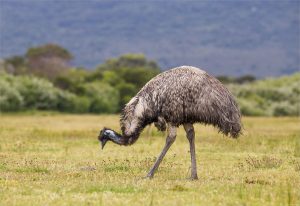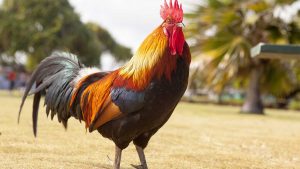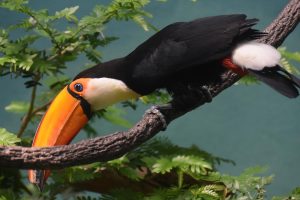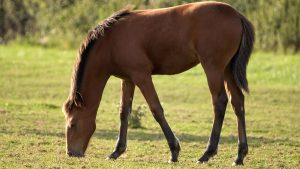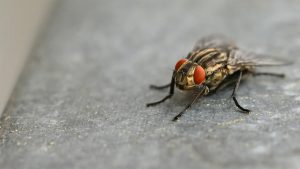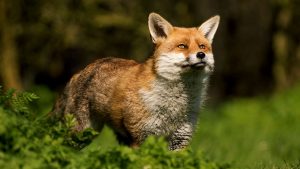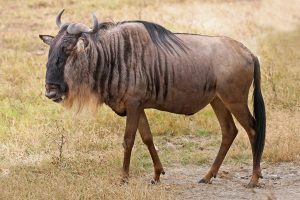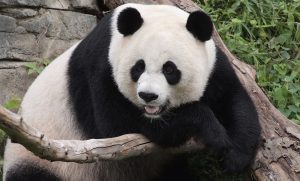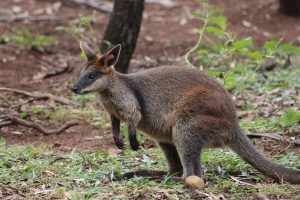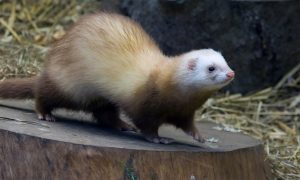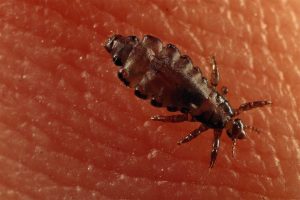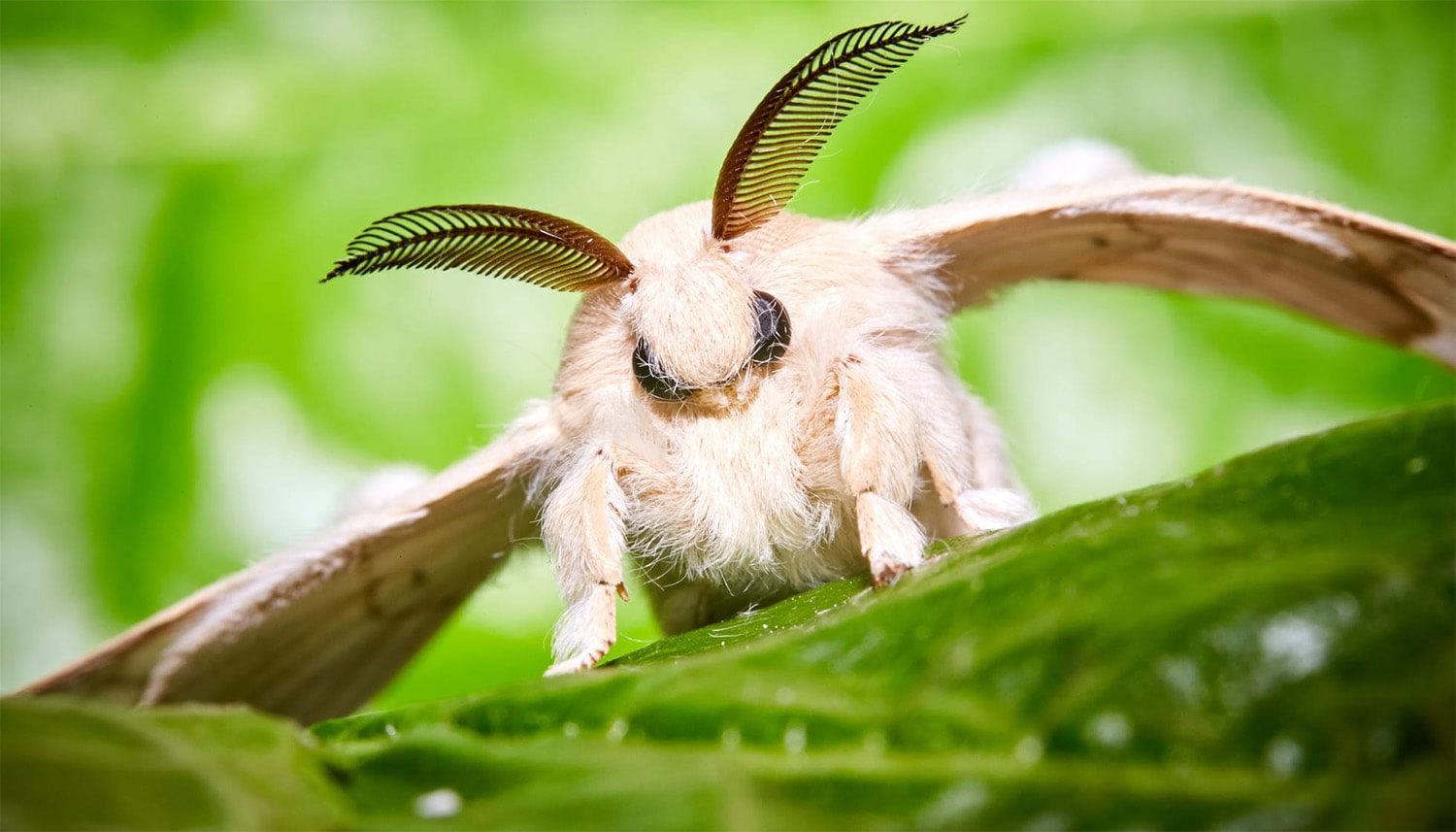
32 interesting facts about silk moths
- 👁️ 1132
Silk moths, known scientifically as Bombyx mori, have been pivotal in the development of silk, a luxurious fabric that has been coveted across cultures and centuries for its beauty and strength. Originating from China, silk moths have been domesticated for thousands of years, with their cultivation, or sericulture, playing a significant role in economies and trade routes such as the famous Silk Road. Unlike their wild counterparts, domesticated silk moths have undergone many changes through selective breeding, losing the ability to fly or survive without human assistance. The lifecycle of a silk moth, from egg to silk-producing larva (silkworm), to pupa and then moth, is fascinating and highlights the intricate relationship between humans and insects in the pursuit of creating valuable materials. Here are 32 interesting and informative facts about silk moths that showcase their importance and uniqueness.
- Silk moths are the domesticated form of the wild silk moth species Bombyx mandarina.
- The primary purpose of domesticating silk moths was for the production of silk from their larvae’s cocoons.
- Silk has been produced in China for at least 5,000 years.
- A single silkworm cocoon can contain about 300 to 900 meters of silk thread.
- Silk moths are entirely dependent on humans for reproduction due to their inability to fly.
- The female silk moth can lay between 300 to 500 eggs in her short lifespan.
- After hatching, the silkworms feed exclusively on mulberry leaves, the preferred food source for silk production.
- The color of the silk thread can vary depending on the silkworm’s diet.
- It takes about 2,000 to 3,000 cocoons to make a pound of silk.
- Silkworms increase their body size nearly 10,000 times from when they hatch until they start spinning a cocoon.
- The process of transforming cocoons into silk is called reeling.
- Silk moths have a very short lifespan, living only to reproduce.
- The domesticated silk moth cannot survive in the wild due to its physical changes from selective breeding.
- In the pupal stage, the silkworm encases itself in a cocoon made of raw silk produced from its salivary glands.
- The silk filament is a continuous thread consisting of fibroin protein, coated with a gum called sericin, which acts as an adhesive.
- The cultivation of silk moths and production of silk is known as sericulture.
- China remains the largest producer of silk in the world.
- The life cycle of a silk moth includes four stages: egg, larva (silkworm), pupa, and adult.
- Silk moths have lost the ability to eat due to the underdeveloped mouthparts in their adult form.
- The production of silk is a labor-intensive process requiring careful handling of the silkworms and cocoons.
- Silk fabric was once considered so valuable that it was used as currency in some parts of ancient China.
- The selective breeding of silk moths has led to varieties that produce different types of silk, such as Tussar silk, Eri silk, and Mulberry silk, which is the most common.
- Silk’s properties of being lightweight, strong, and soft make it a highly sought-after material for textiles.
- The silk moth’s cocoon is made up of a single thread that can be unraveled.
- Traditional sericulture is considered an art in many cultures, passed down through generations.
- Wild silk moths are larger and can fly, unlike their domesticated counterparts.
- Silk moths go through a complete metamorphosis in their lifecycle.
- The silk industry has been a significant factor in the development of economies and cultures, influencing trade routes and fashion trends globally.
- Silk moths do not pose any harm to humans as they do not feed or have the ability to bite or sting.
- The genetic makeup of silk moths has been extensively studied, contributing to advances in genetics and biotechnology.
- Waste products from the silk production process, such as the pupae, are used in some countries as a source of protein in animal feed.
- The global demand for silk has led to efforts to create more sustainable and ethical practices in sericulture, addressing environmental and social concerns.
Silk moths have played a crucial role in human history, not just for the luxurious fabric their cocoons produce but also for the economic and cultural impacts of the silk industry. The relationship between humans and silk moths is a prime example of domestication and selective breeding, showcasing the lengths to which societies will go to harness and optimize natural resources for their benefit. Despite the modernization of many production processes, the traditional art of sericulture remains a testament to the enduring value of silk and the remarkable creatures that produce it. As we move forward, the challenge lies in balancing the demand for silk with sustainable and ethical practices that ensure the welfare of silk moths and the environments they are raised in.
